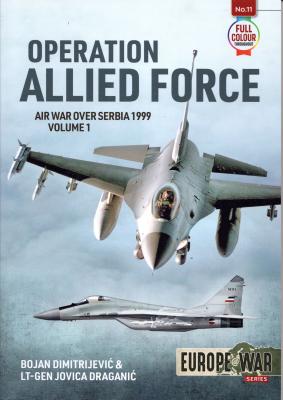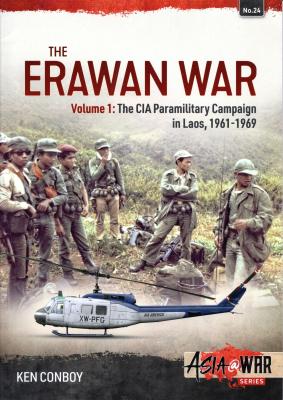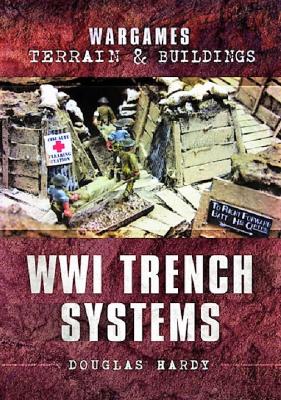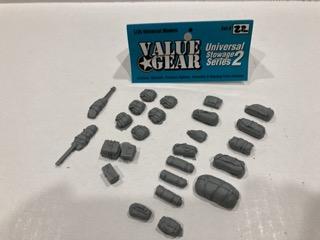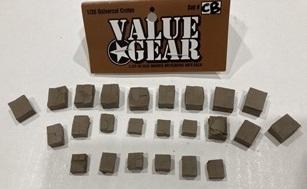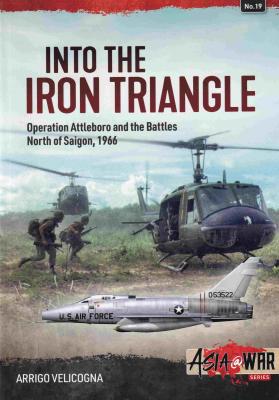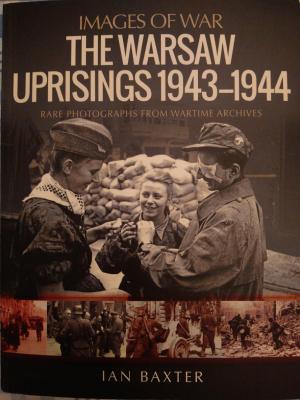This book “Operation Allied force, air war over Serbia 1999” is volume one of a two volume book series. There are two authors who both held opposing positions during this war with front line service. This volume (1) covers the chronology of events while the next volume (2) focuses of the experiences from both sides in the air war.
The beginning of this book covers the rise of the Federal Republic of Yugoslavia (FRY) air force. From buildup of assets, restrictions put on the new air force equipment and tables showing air asset with locations of these assets. Deeper into the book, it covers conflicts, notable air engagements, buildup of NATO forces and defenses.

